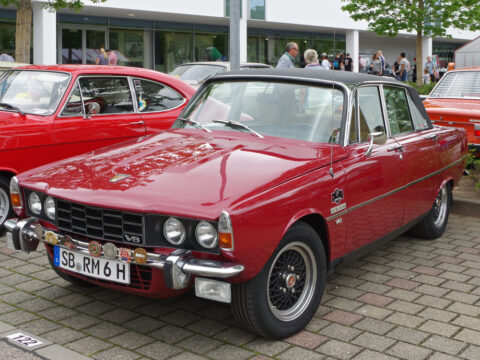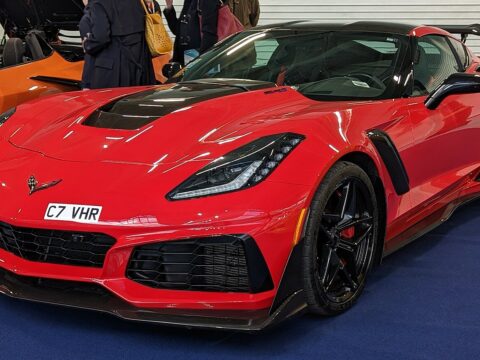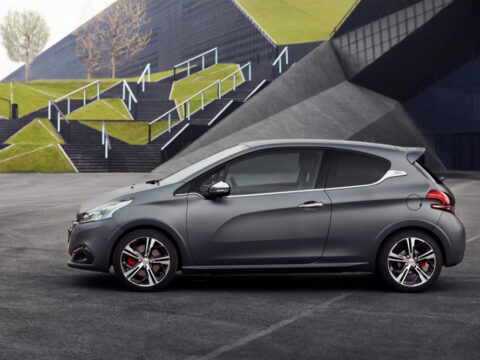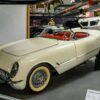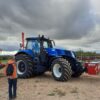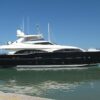Aviation has always been a realm of incredible ambition, where inventors, pilots, and engineers push the limits of what’s possible to set new records and redefine human achievement. From the earliest powered flights to boundary-breaking solo journeys and feats of endurance, these record-breaking flights showcase the dedication and ingenuity that drive the field of aviation forward. Each milestone tells a story of perseverance and innovation, often in the face of challenging conditions, high stakes, and intense competition. Whether fueled by a desire to break speed records, achieve unparalleled heights, or conquer new distances, these flights have reimagined what an aircraft and the human spirit can accomplish.
Across a century of advancements, record-breaking flights have transformed air travel from a novelty into a global necessity, with a profound impact on technology, commerce, and international connectivity. These achievements have shaped everything from military strategy and environmental monitoring to everyday commercial flights. By examining the most groundbreaking flights in aviation history, we can appreciate how each achievement influenced the next, propelling us to even greater heights. In exploring these extraordinary journeys, we celebrate the courage and creativity that continue to make aviation one of humanity’s most awe-inspiring fields.
Contents
First Powered Flight – Wright Brothers (1903)
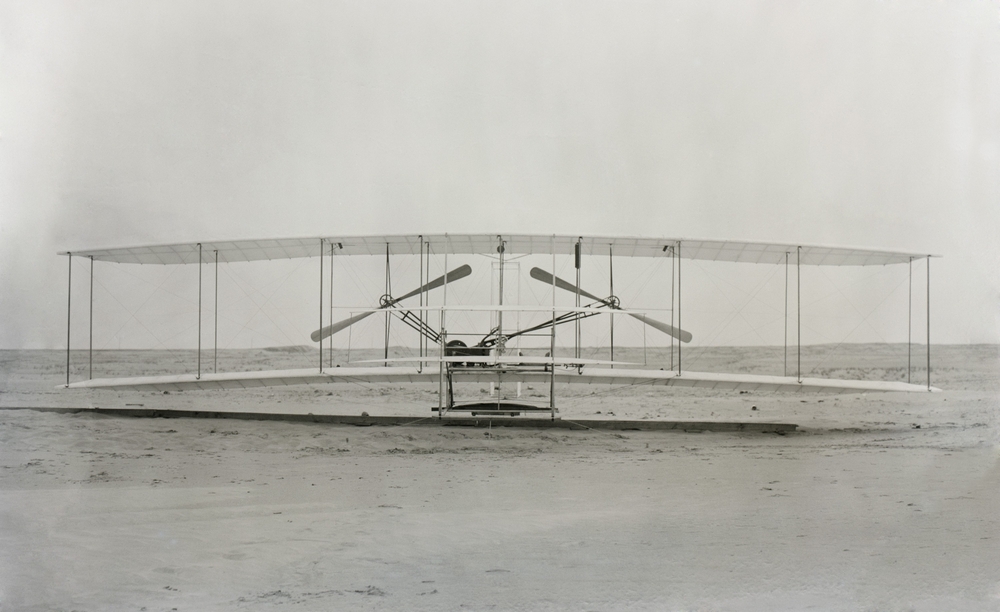
The Wright Brothers’ flight on December 17, 1903, in Kitty Hawk, North Carolina, marked the dawn of powered aviation. This brief but historic flight, covering just 120 feet in 12 seconds, proved that controlled, sustained flight was achievable with a powered aircraft. Orville and Wilbur Wright’s Flyer, an innovative machine with a lightweight engine and unique control system, introduced the world to modern aviation. Their invention set the foundation for aircraft design and inspired future generations to expand the possibilities of flight.
First Non-Stop Transatlantic Flight – Alcock and Brown (1919)
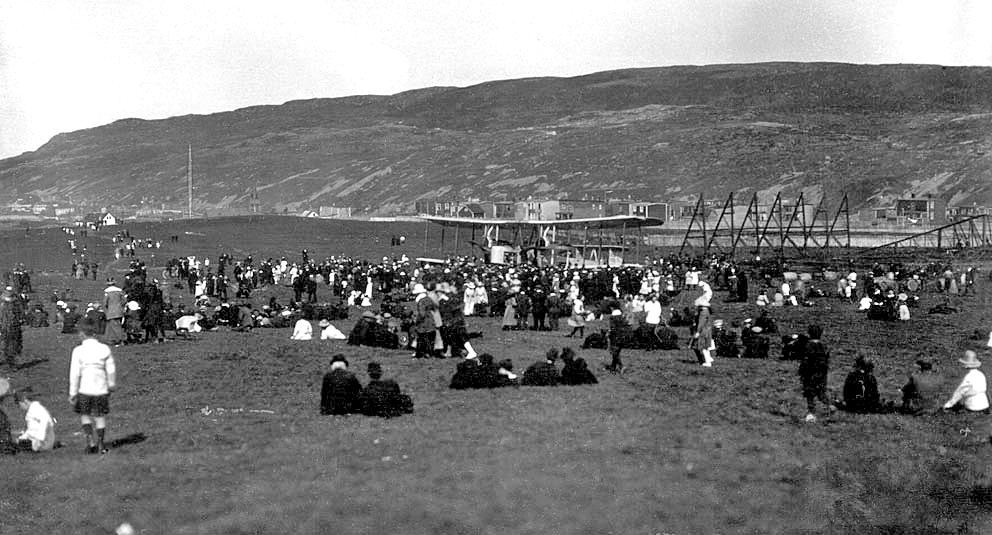
In June 1919, British aviators John Alcock and Arthur Brown achieved the first non-stop transatlantic flight from Newfoundland to Ireland. Flying a modified Vickers Vimy bomber, they completed the journey in just under 16 hours, overcoming dangerous weather, mechanical failures, and near-zero visibility. Their 1,890-mile flight demonstrated the potential of long-distance air travel and earned them international acclaim. This achievement inspired developments in air navigation, fuel management, and aeronautical engineering, laying the groundwork for modern transatlantic flights.
First Solo Non-Stop Transatlantic Flight – Charles Lindbergh (1927)
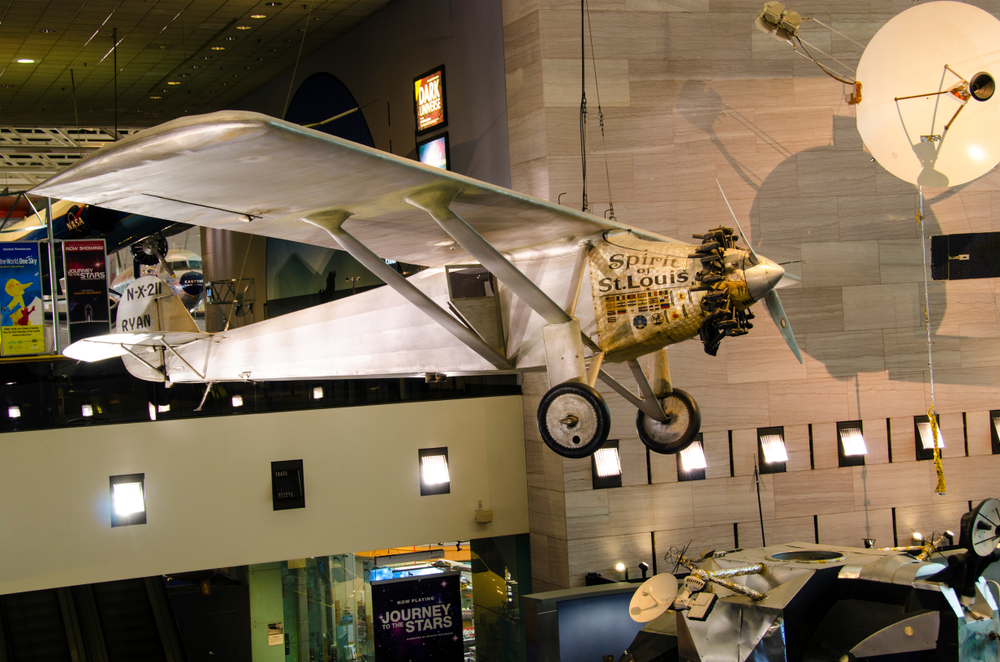
Charles Lindbergh’s solo non-stop flight across the Atlantic on May 20-21, 1927, redefined long-distance flying. His 33.5-hour journey from New York to Paris in the Spirit of St. Louis covered 3,610 miles and captured global attention, proving that solo long-distance flights were possible. Lindbergh’s flight advanced navigation techniques, piloting skills, and the concept of single-pilot endurance. His achievement spurred public interest in aviation, leading to a boom in commercial aviation and bolstering support for expanding air travel infrastructure.
Longest Non-Stop Solo Flight – Steve Fossett (2005)
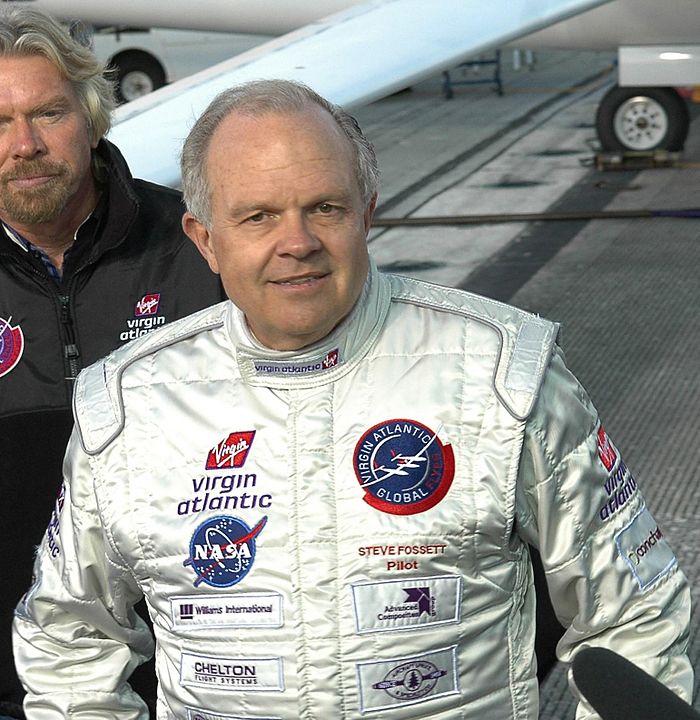
Steve Fossett‘s solo flight around the world in 2005 set a new standard for endurance in aviation. Flying the Virgin Atlantic GlobalFlyer, he covered 22,936 miles in 67 hours without refueling or landing, a feat previously deemed nearly impossible. The flight demonstrated advancements in aircraft efficiency, fuel management, and pilot stamina, as Fossett navigated a range of challenging weather patterns. His journey highlighted innovations in lightweight materials, engine design, and fuel capacity, influencing future aircraft for extended missions and endurance testing.
First Supersonic Flight – Chuck Yeager (1947)
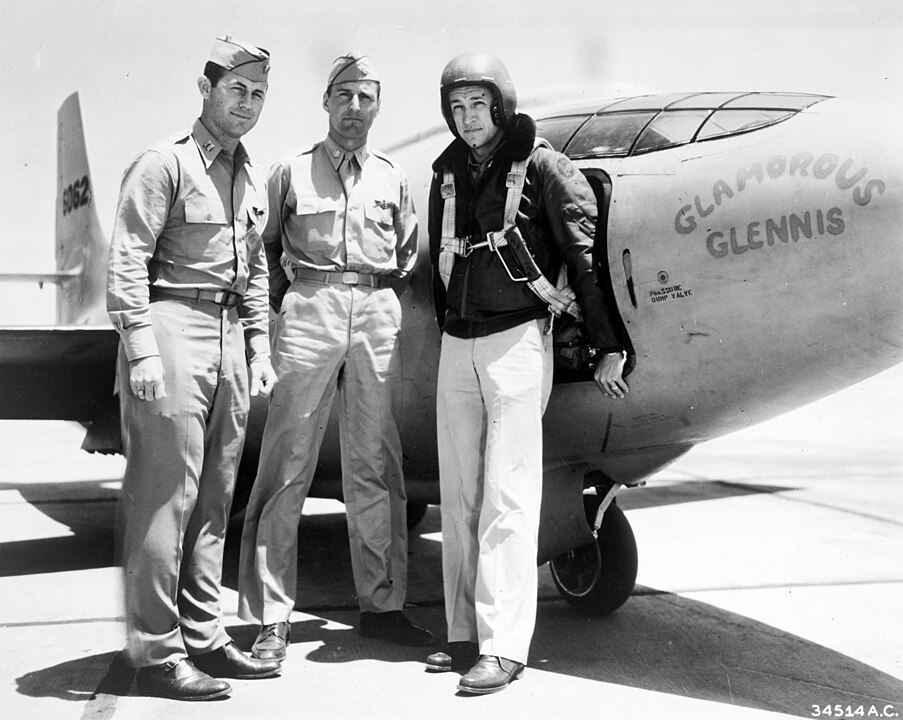
On October 14, 1947, Chuck Yeager broke the sound barrier, reaching Mach 1.06 in the Bell X-1. This groundbreaking flight shattered the widely held belief that supersonic flight was impossible, overcoming what was known as the “sound barrier.” Yeager’s accomplishment opened the door to supersonic and, eventually, hypersonic research, leading to advancements in jet engines, aerodynamics, and high-speed stability. The Bell X-1 became a symbol of the unrelenting pursuit of speed, setting the stage for further high-velocity flight developments in military and commercial aviation.
Longest Commercial Flight – Singapore Airlines (2018)
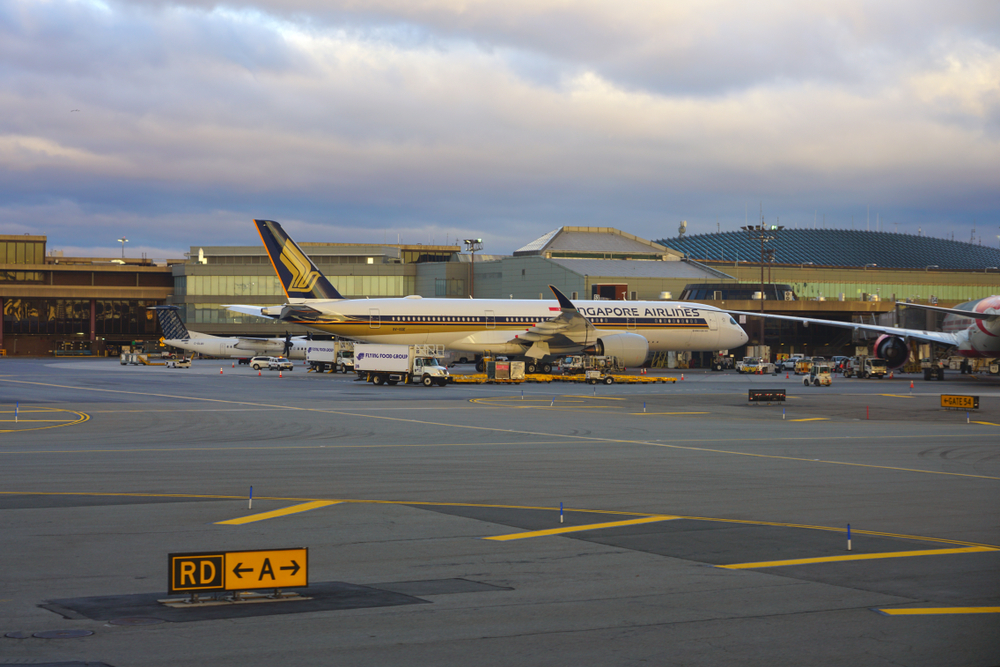
Singapore Airlines’ launch of the world’s longest commercial flight in 2018, spanning 9,534 miles from Singapore to Newark, New Jersey, exemplified the future of ultra-long-haul travel. The flight’s nearly 19-hour journey tested aircraft endurance and passenger comfort in ways that were unimaginable in the early days of commercial aviation. Operating with an Airbus A350-900 ULR, Singapore Airlines prioritized fuel efficiency and passenger well-being, setting new standards for long-haul air travel. This milestone emphasized the importance of engineering in maximizing range while minimizing fuel consumption and emissions.
Highest Altitude Flight by a Manned Aircraft – SR-71 Blackbird (1976)
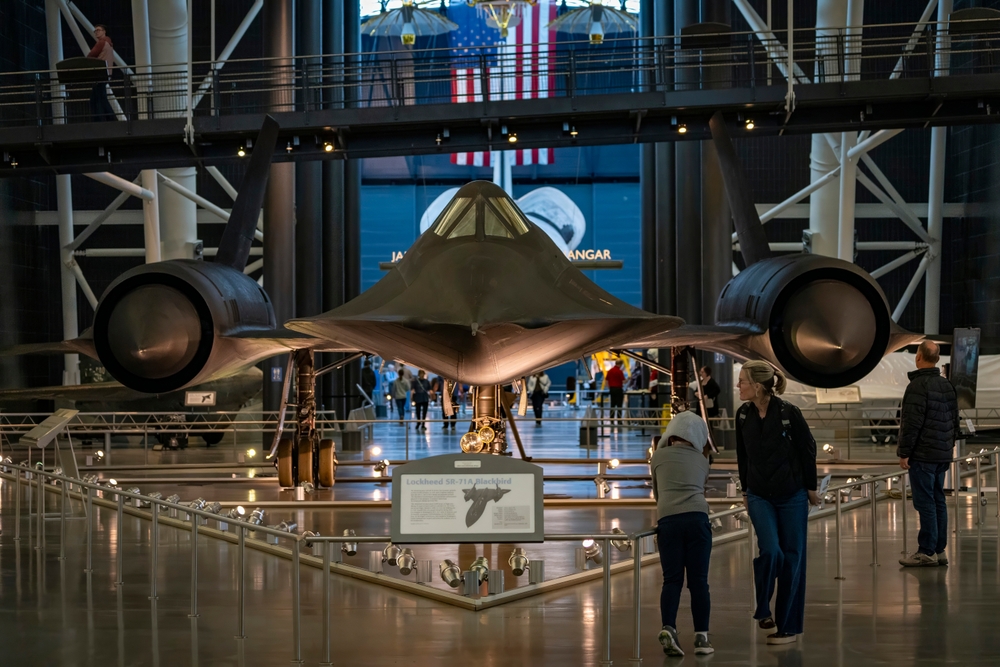
The SR-71 Blackbird set an altitude record for a manned jet-powered flight in 1976, reaching 85,069 feet. Operated by the U.S. Air Force, the Blackbird’s extreme altitude and speed (over Mach 3) enabled it to evade enemy defenses and revolutionized reconnaissance. This aircraft’s achievements led to advances in materials capable of withstanding high temperatures and speeds, as well as innovations in high-altitude flight suits. The SR-71 set a standard for speed and height that has yet to be surpassed in conventional aviation, underscoring the technological prowess of Cold War-era engineering.
First Non-Stop Round-the-World Flight – Voyager (1986)
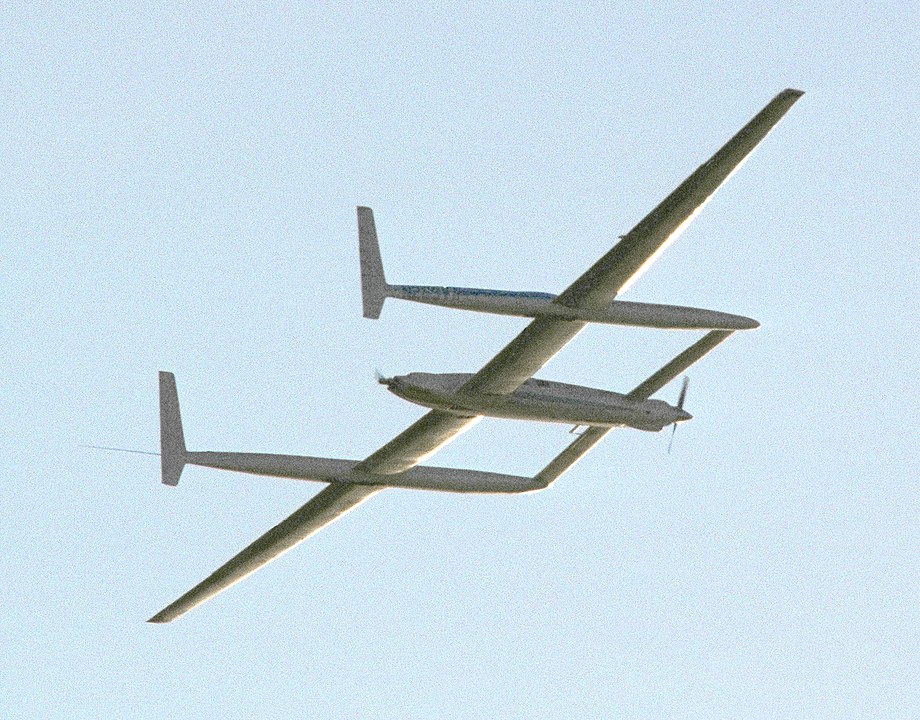
In 1986, the Rutan Voyager completed the first non-stop, unrefueled flight around the world, covering 26,366 miles in nine days. Piloted by Dick Rutan and Jeana Yeager, the Voyager relied on a unique, lightweight design and innovative fuel efficiency to accomplish this record-breaking flight. The achievement underscored advancements in aerodynamic efficiency and lightweight materials, paving the way for future long-distance aircraft design. This flight demonstrated the capabilities of aircraft that prioritized endurance over speed, influencing fuel efficiency innovations in both military and civilian aviation.
Longest Glider Flight – Perlan II (2018)
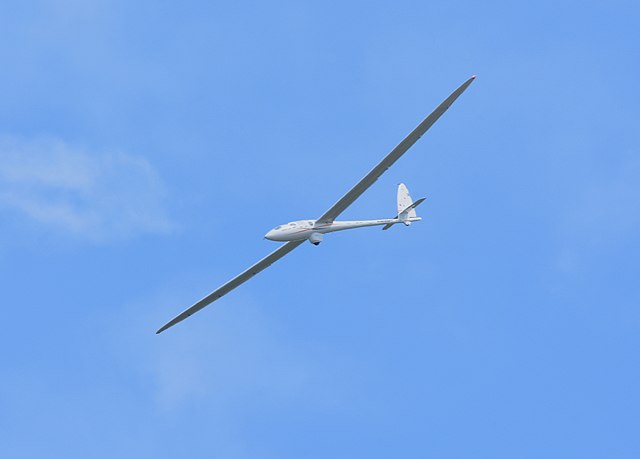
In 2018, the Perlan II glider set a record by reaching 76,124 feet, the highest altitude ever for an unpowered aircraft. The Perlan Project’s glider flight demonstrated that sustained high-altitude flight was achievable without an engine, relying instead on mountain waves and stratospheric lift. This milestone provided insights into atmospheric science, high-altitude conditions, and potential fuel-free travel. The data collected during this flight contributed to understanding high-altitude effects on pilots and airframes, supporting advancements in both aviation safety and efficiency.
First Commercial Supersonic Flight – Concorde (1976)
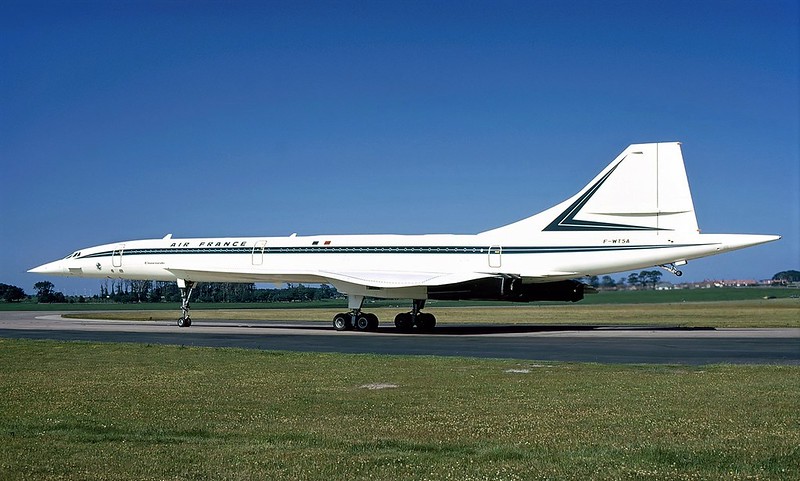
The Concorde’s first commercial supersonic flight in 1976 showcased the future of high-speed passenger travel, with speeds reaching Mach 2. The Anglo-French Concorde reduced transatlantic flight times to just over three hours, a feat unheard of in commercial aviation. Its impact on speed and efficiency revolutionized perceptions of international travel, despite its eventual retirement in 2003. Concorde’s technological breakthroughs in materials, engine design, and high-speed aerodynamics paved the way for ongoing research into supersonic commercial travel, shaping the aviation industry’s future aspirations for speed.
This article originally appeared on MyCarMakesNoise.
More from MyCarMakesNoise
15 Most Reliable Trucks for Heavy-Duty Work
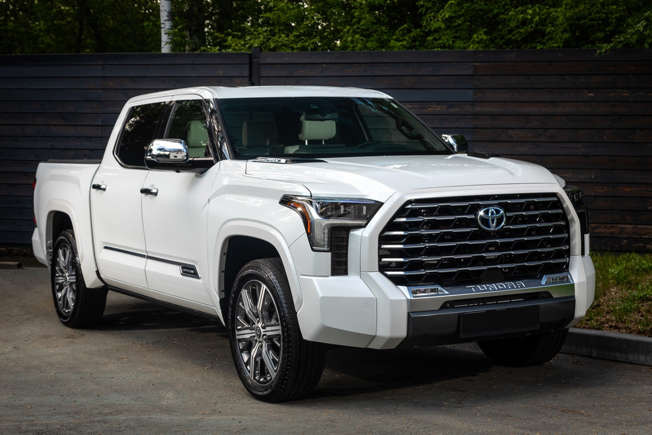
When it comes to heavy-duty work, having a reliable truck is essential. The demands of towing, hauling, and navigating tough terrains require a vehicle that can withstand intense pressure and maintain peak performance. Read More.
15 of Toyota`s Most Collectible Cars

Toyota’s rich automotive history is filled with iconic models that have captivated enthusiasts and collectors alike. From groundbreaking sports cars to versatile off-road vehicles, Toyota has consistently pushed the boundaries of design and performance. Read More.
10 of The Weakest Car Suspension Brands
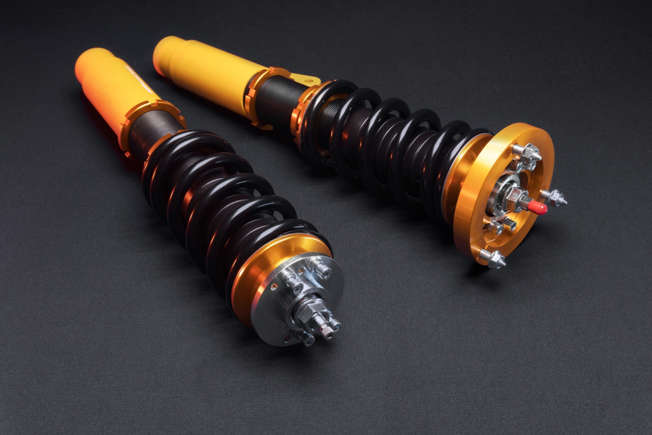
When it comes to vehicle performance, the quality of the suspension system plays a crucial role in ensuring a smooth and safe ride. However, not all suspension brands live up to the high standards expected by car enthusiasts and everyday drivers alike. Read More.


